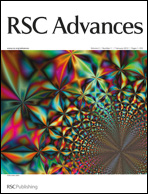For more than a century, bacteria and fungi have been identified by isolation in culture followed by enzymatic reactions and morphological analyses. The identification of environmental microorganisms, however, remains a challenge because biochemical and staining protocols for bacteria identification are tedious, usually stepwise, can be long (days) and are prone to errors. Molecular techniques based on DNA amplification and/or sequencing provide more secure molecular identification of specific bacteria, but identification based on mass spectrometry (MS), mainly on MALDI-MS, has been shown to be an alternative accurate and fast method able to identify unknown bacteria on the genus, species and even subspecies level based profiles of proteins and peptides derived from whole bacterial cells. Breakthroughs such as non-culture-based identification of bacteria from biological fluids and MS detection of antibiotic resistance have recently been reported. This review provides an overview of the traditional bacterial and fungal identification workflow and discusses the recent introduction of MS as a powerful tool for the identification of microorganisms. Principles and applications of MS, followed by the use of high-quality databases with dedicated algorithms, are discussed for routine microbial diagnostics, mainly in human clinical settings and in veterinary medicine.

You have access to this article
 Please wait while we load your content...
Something went wrong. Try again?
Please wait while we load your content...
Something went wrong. Try again?


 Please wait while we load your content...
Please wait while we load your content...